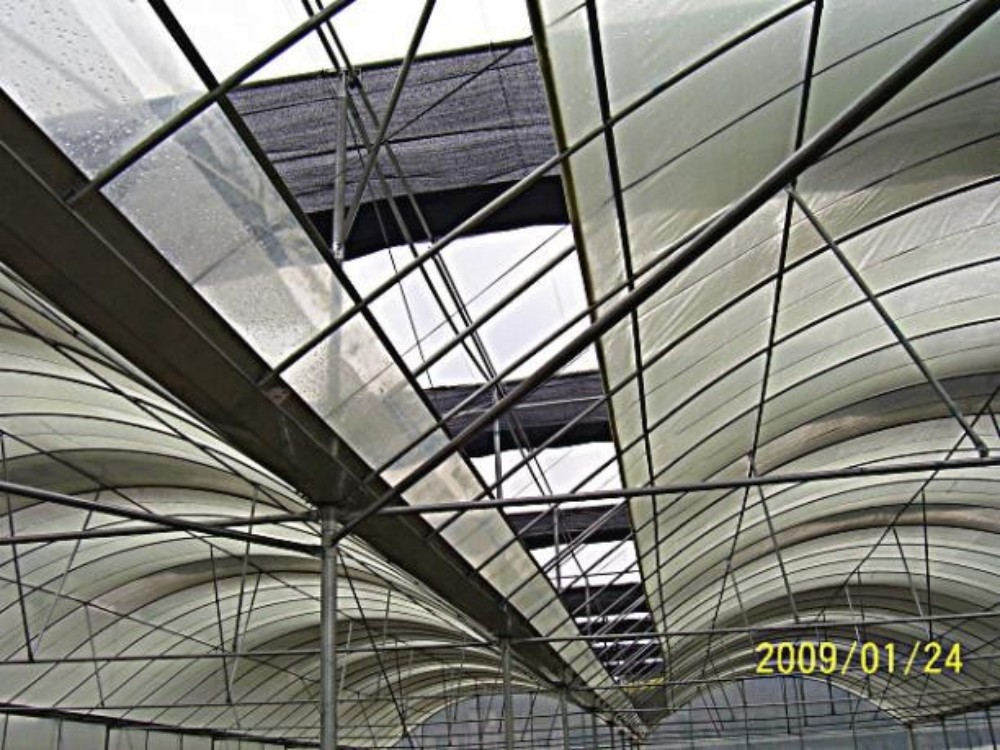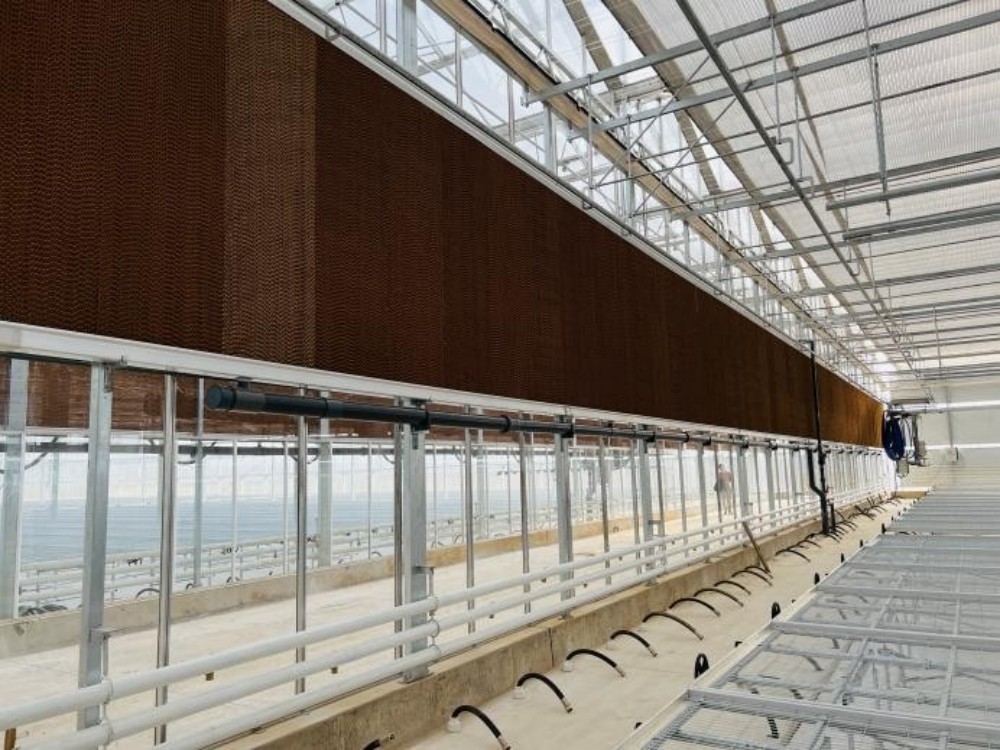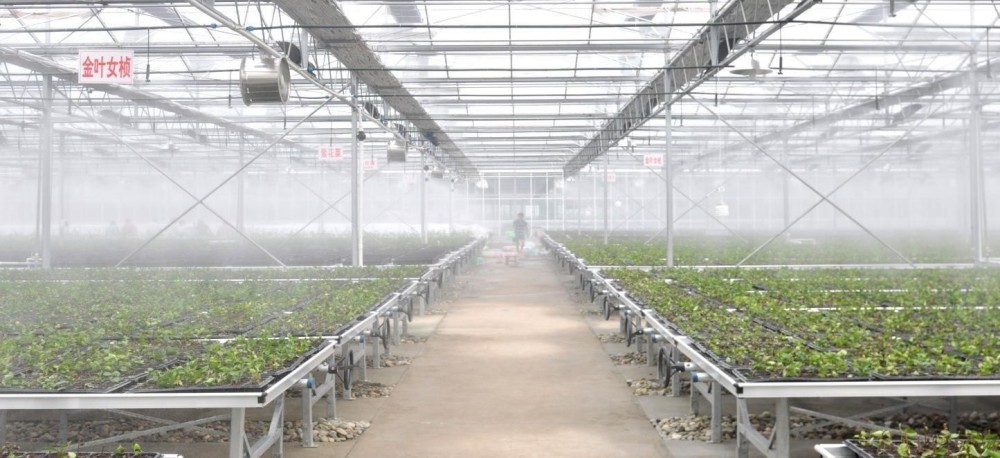Cannabis, like any plant, has an optimal temperature range for healthy growth. Too much heat can stress the plant, reducing its growth rate, quality, and ultimately, its yield. Understanding how temperature impacts cannabis and how to manage it in different environments is crucial for growers. This article explores the ideal temperature range for cannabis, the effects of excessive heat, and how growers can manage temperatures effectively to ensure healthy plants and high yields.
1. The Ideal Temperature Range for Cannabis
Cannabis thrives in a moderate climate, and the optimal temperature range for most cannabis strains is between 20-30°C (68-86°F) during the day. At night, temperatures should ideally drop to around 18-22°C (64-72°F). This range allows for optimal photosynthesis, root development, and overall plant health.
In a Chengfei Greenhouse, advanced climate control systems can maintain these ideal temperatures year-round, ensuring that cannabis plants receive consistent conditions that promote healthy growth, regardless of external weather fluctuations.
2. What Happens When Cannabis Gets Too Hot?
Excessive heat can be detrimental to cannabis plants, especially when temperatures rise above 30°C (86°F). Here’s what happens:
2.1 Stressed Plants and Slower Growth
When temperatures exceed the optimal range, cannabis plants can become stressed. This stress slows down metabolic processes like photosynthesis and nutrient absorption, resulting in stunted growth. In some cases, plants may even enter a state of dormancy or stop growing altogether.
For example, a grower in a region with high summer temperatures might notice that their plants' growth rate dramatically decreases when temperatures go above 30°C. By using proper ventilation, shade, or cooling systems, they can prevent this slowdown and maintain steady plant development.
2.2 Reduced Flowering and Lower Yield
Excessive heat during the flowering stage can also lead to poor flower development. High temperatures can cause cannabis flowers to become airy and loose, rather than dense and resinous. This results in a decrease in both the quality and quantity of the harvest. If a grower in a hot climate doesn’t control the temperature effectively, they may find that their yields are significantly reduced due to heat stress.
2.3 Increased Water Stress
Hotter temperatures also mean increased evaporation, leading to higher water demands. If the plants don’t receive enough water during hot spells, they can become dehydrated, which further stresses the plant and reduces its ability to grow and produce healthy flowers.
3. Signs of Heat Stress in Cannabis
It’s important for growers to recognize the signs of heat stress in cannabis plants. Some common indicators include:
●Curling or wilting leaves: Leaves may curl up or look like they’re drooping, even with adequate watering.
●Yellowing or browning leaves: Heat stress can cause plant leaves to lose their green color and turn yellow or brown, particularly around the edges.
●Stunted growth: The plant’s overall size may be smaller, and new growth can appear slower than normal.
In Chengfei Greenhouses, temperature monitoring tools help detect these signs early, allowing for prompt adjustments to prevent further damage to the plants.
4. How to Manage Temperature for Optimal Cannabis Growth
Managing temperature is key to maintaining healthy cannabis plants, especially in regions where heat is a challenge. Here are some practical strategies:
4.1 Ventilation and Air Circulation
Proper ventilation is crucial for regulating temperature and preventing heat buildup inside a greenhouse. Growers should ensure there is enough airflow to allow cooler air to circulate while expelling hot air. Chengfei Greenhouse systems are designed with ventilation in mind, using automated fans and exhaust systems to keep the temperature within the ideal range.
4.2 Shading and Reflective Materials
In hot climates, direct sunlight can cause temperatures to rise quickly. Using shading nets or reflective materials on the greenhouse roof or sides can reduce the amount of heat that enters, keeping the internal temperature manageable. This is especially useful during the peak of summer when the sun’s intensity is highest.

4.3 Cooling Systems
In addition to ventilation, Chengfei Greenhouses are equipped with cooling systems like evaporative cooling pads, which help lower the temperature inside the greenhouse. These systems use water evaporation to cool the air, providing a more comfortable environment for the plants and ensuring they stay within the optimal temperature range.
4.4 Temperature Monitoring
Using automated temperature monitoring systems ensures that the grower always knows the current conditions inside the greenhouse. If temperatures begin to rise above the optimal range, cooling measures can be implemented immediately. This real-time data allows growers to make quick adjustments and avoid any heat-related damage.

5. How to Protect Cannabis During Heatwaves
Heatwaves are a common challenge for cannabis growers, especially in areas with fluctuating temperatures. During extreme heat, growers can take additional steps to protect their plants, such as:
●Watering early in the morning or late in the evening: This ensures plants get the water they need without excessive evaporation from the heat of the day.
●Using misting systems: A fine mist of water can help cool the air around the plants and increase humidity, which can be beneficial during extreme heat.
●Relocating plants (for outdoor growers): In extreme cases, moving plants to a shaded area or temporarily relocating them indoors or into a cooler space can prevent heat stress.

6. Conclusion
Understanding the temperature requirements of cannabis is essential for achieving healthy growth and high yields. While cannabis thrives in moderate temperatures, excessive heat can lead to stress, slow growth, and lower-quality flowers. By managing temperatures carefully—whether in a traditional outdoor setting or a high-tech greenhouse like Chengfei Greenhouse—growers can ensure their plants stay healthy and productive, even in hot climates. Implementing proper cooling, shading, and ventilation techniques will help keep temperatures in the optimal range and safeguard cannabis plants from the damaging effects of heat.
Welcome to have a further discussion with us.
Email: info@cfgreenhouse.com
#Cannabis Growth Temperature
#Cannabis Heat Stress
#Cannabis Temperature Management
#Cannabis Growing Environment
#Cannabis Flowering Temperature
#Greenhouse Cannabis Cultivation
#Cannabis Growth Control
Post time: Jan-30-2025







 Click to Chat
Click to Chat